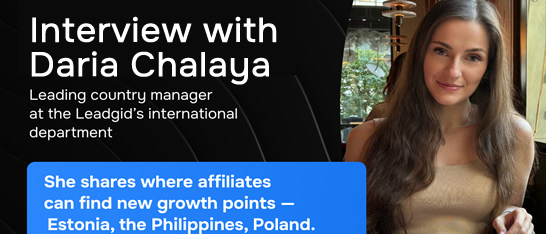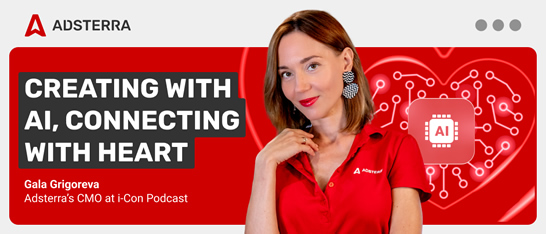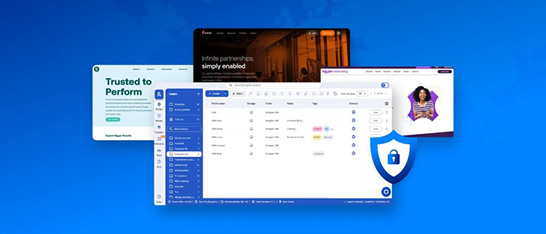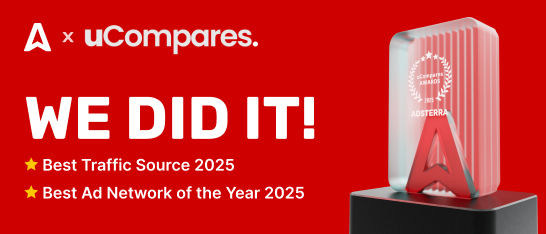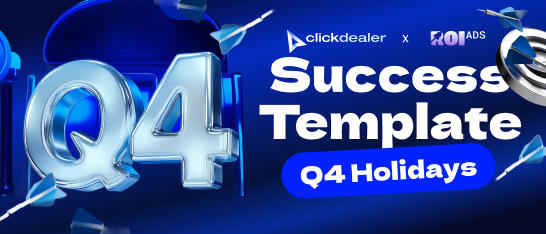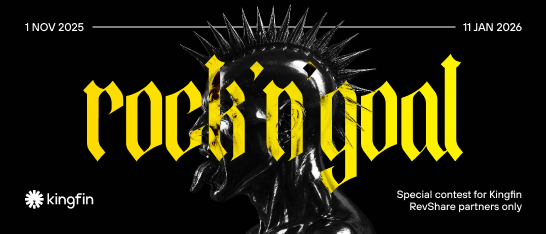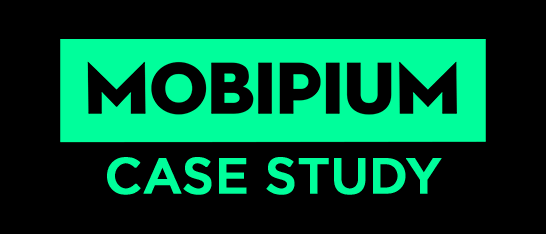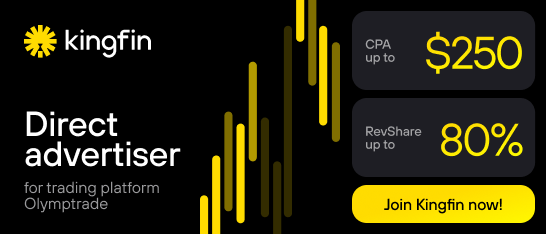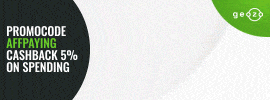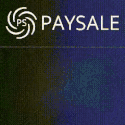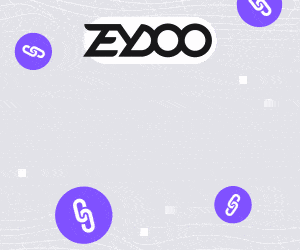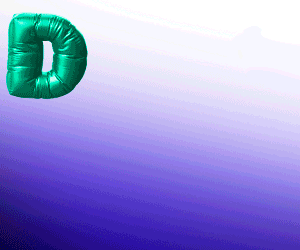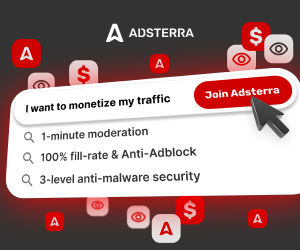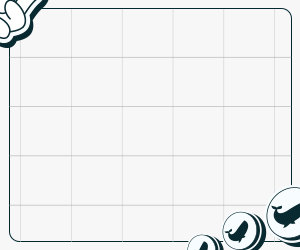Breaking it down with Daria Chalaya from Leadgid
Daria Chalaya is the Lead Country Manager of Leadgid’s international department. She knows the ins and outs of how financial traffic works across Estonia, the Philippines, and Poland.
In this interview, she shares real insights on:
💡 why Estonia isn’t just a tiny GEO but a real digital hub;
💡 how the Philippines still brings in cheap traffic;
💡 and why Polish users only convert on honest offers.
If you’re looking for new GEOs to test — read till the end 👇

1. Estonia is a small market. What kind of financial offers work best there?
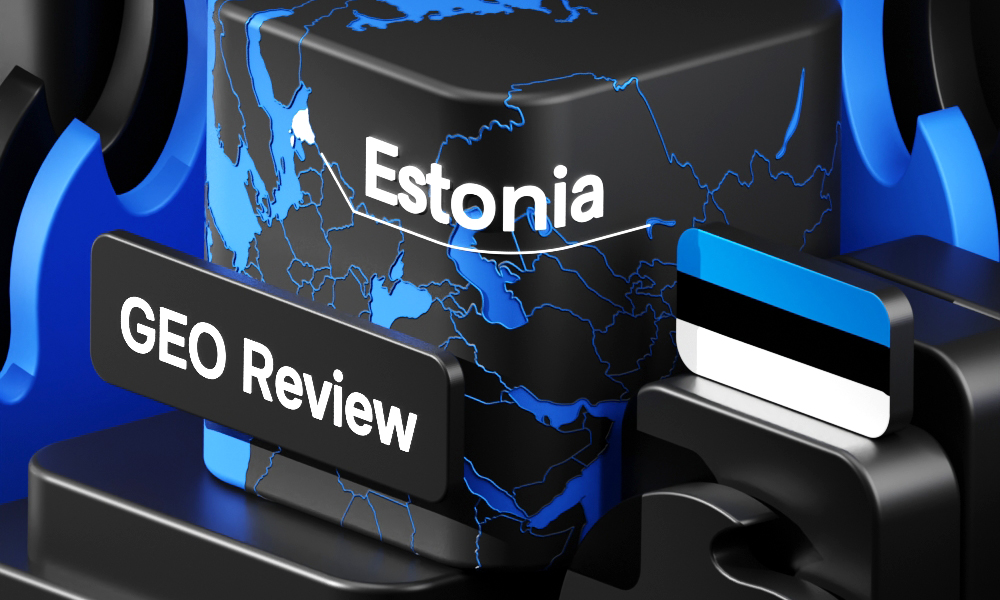
Estonia may be small, but it’s a unique market — you can’t measure it by the same standards as other European or CIS countries. Its potential for banking and loan offers mainly comes from two things: a high level of digitalization and the country’s e-residency program — a government initiative attracting thousands of foreign entrepreneurs and investors who need financial tools to manage their new Estonian businesses.
In practice, credit products work best here — personal loans, credit cards, and refinancing. It’s a niche segment, but it’s high-margin. Estonians are pragmatic and financially savvy consumers. With high salaries and low unemployment, banks can lend confidently, and people can borrow responsibly.
Interest rates in Estonia are roughly in line with Western Europe — way lower than in most CIS countries — so loans aren’t seen as “debt traps” but as convenient financial tools.
Quick loans (microloans) also perform decently, but this niche is crowded and needs laser-focused targeting. It’s not a mass market — it’s a “rescue” market for those left out of traditional banking. Most Estonians will first go to their main bank, where they already have an account and salary project. So, MFIs (microfinance institutions) operate on a smaller scale — volume isn’t the key here, precision is.
In recent years, business lending has been growing fast — thanks again to the e-residency boom and a rise in small entrepreneurship. It’s not a classic vertical for affiliates yet, but it’s definitely one to watch.
2. The Philippines: why is it interesting for advertisers and affiliates?

The Philippines is a goldmine for leadgen — massive audience (around 40 million borrowers), strong demand for quick loans, and a market dominated by Android users — which means cheaper traffic.
The market’s been through ups and downs, but it always bounces back. SEO and messenger traffic are growing, new apps are launching non-stop, and both banks and MFIs are rolling out fully digital lending products with remote verification. Some fintechs are expanding into SME loans and secured lending. Others are investing heavily in mobile apps and integrating with local payment systems.
For affiliates, the Philippines isn’t too tricky: English is widely spoken, social media use is high, and the appetite for microloans is steady. You don’t need to be deep into local culture to make it work — standard channels perform great: social media, SEO, push, email, Viber, SMS.
There are both brokers and aggregators working confidently here. But you must follow the rules: no aggressive promises, no targeting vulnerable groups (pensioners, unemployed, minors), and full transparency on loan terms and risks.
Entering the market isn’t easy — the regulator used to limit licenses for new digital banks and e-wallets. The restrictions have been eased, but it’s still a complex ecosystem.
Overall, the market is young, digital transformation is accelerating, and fintech innovation + regulation shifts are opening up new opportunities to grow and test effectively.
3. What audience behavior traits in Poland affect conversion?
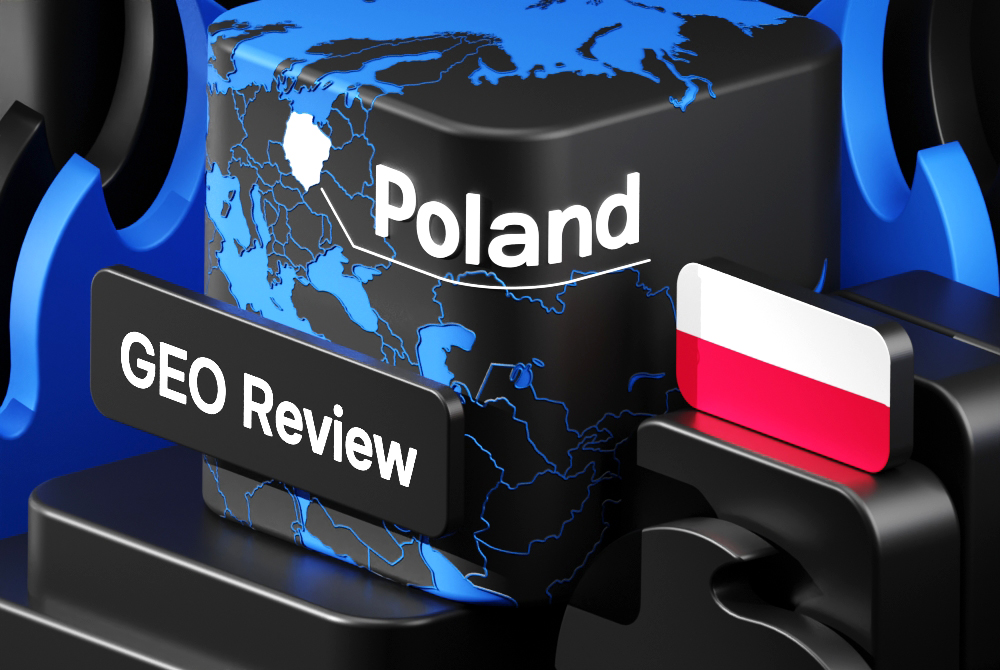
Poland is all about rules, stability, and transparency.
You could say Polish consumers are a mix of conservatism and ambition — a behavioral paradox that defines how they make financial decisions.
To communicate effectively, your messaging needs to appeal to both sides: offer value and trust.
If you talk only about “big benefits,” users get suspicious.
If you talk only about “safety,” you’ll sound outdated and irrelevant.
The sweet spot? A proven, safe financial product that helps people reach their goals and save money.
So why are Poles so cautious?
Trust is everything here. A Polish user won’t click the first link they see — they’ll read reviews, compare rates on independent websites (rankomat.pl, bankier.pl, totalmoney.pl), and check forums.
That’s why brand trust and social proof are non-negotiable.
Your landing page should have real reviews, comparison badges, and recognizable brand logos.
Creatives like “1,000,000 happy clients” will outperform “Earn a million with cashback.”
Any hidden fees or fine print will be spotted — and called out publicly. That kills your trust instantly.
Why the obsession with saving money?
Poles are financially literate and love a good deal, but they’re also pragmatic. Their decision-making process is slow — they’ll spend weeks comparing interest rates, cashback percentages, promo conditions.
That’s why landing pages must have loan or deposit calculators. Users want to see the numbers right away: how much they’ll pay or earn.
And your USP has to be crystal clear:
💬 “Lowest interest rate on the market,”
💬 “5% cashback on all purchases,”
💬 “Guaranteed gift for opening an account.”
They value clarity over hype.
Most Poles also treat credit seriously — loans are taken for real needs (home, car, education), not impulse spending. Targeted products like auto loans, renovation loans, or solar panel loans often convert better than generic personal loans.
Refinancing is another strong trend — people want to reduce existing payments, especially as interest rates rise.
One golden rule: be honest about the real cost (APR). Polish users will calculate it anyway — and honesty will actually improve your conversions.
Bottom line — Polish users are picky, cautious, but loyal. They seek value and credibility. It’s a tough market to crack, but if you do — it pays off big time.
4. So where’s it easier to launch campaigns — Asia or Europe?
“Easier” is relative, of course.
Europe is the land of predictability — clear rules, educated audience, and stable conversions. Users understand loans, read the terms, and convert consciously. This leads to high-quality leads and consistent ROI.
Asia, on the other hand, is about speed. You can test and scale much faster — if you know what you’re doing.
The perks of working with European offers:
✅ strict but transparent regulations (licensed offers only — EFSA, FCA, etc.);
✅ predictable payouts from large, law-abiding networks and advertisers;
✅ high-value “white” leads with solid credit histories.
Asia’s advantages are different:
⚡ faster testing and scaling;
⚡ less moderation on some platforms;
⚡ the chance to catch trends early and profit big before the niche overheats or gets regulated.
It’s higher risk, but also higher potential reward.
So, if you’re looking for long-term stability — go for Europe.
If you’re ready to chase trends and play for high stakes — Asia is your arena.
A good strategy?
🧭 Start in Europe to build expertise and structure.
Then move to Asia when you’re ready for a faster, more aggressive game.
If you’re already working with financial traffic — or just planning to explore new GEOs — now’s the best time to test new directions.
At Leadgid, you’ll find dozens of active financial offers across Europe and Asia that deliver consistent results.
📈 Join Leadgid, choose the offers that fit your traffic — and start earning with us today.
